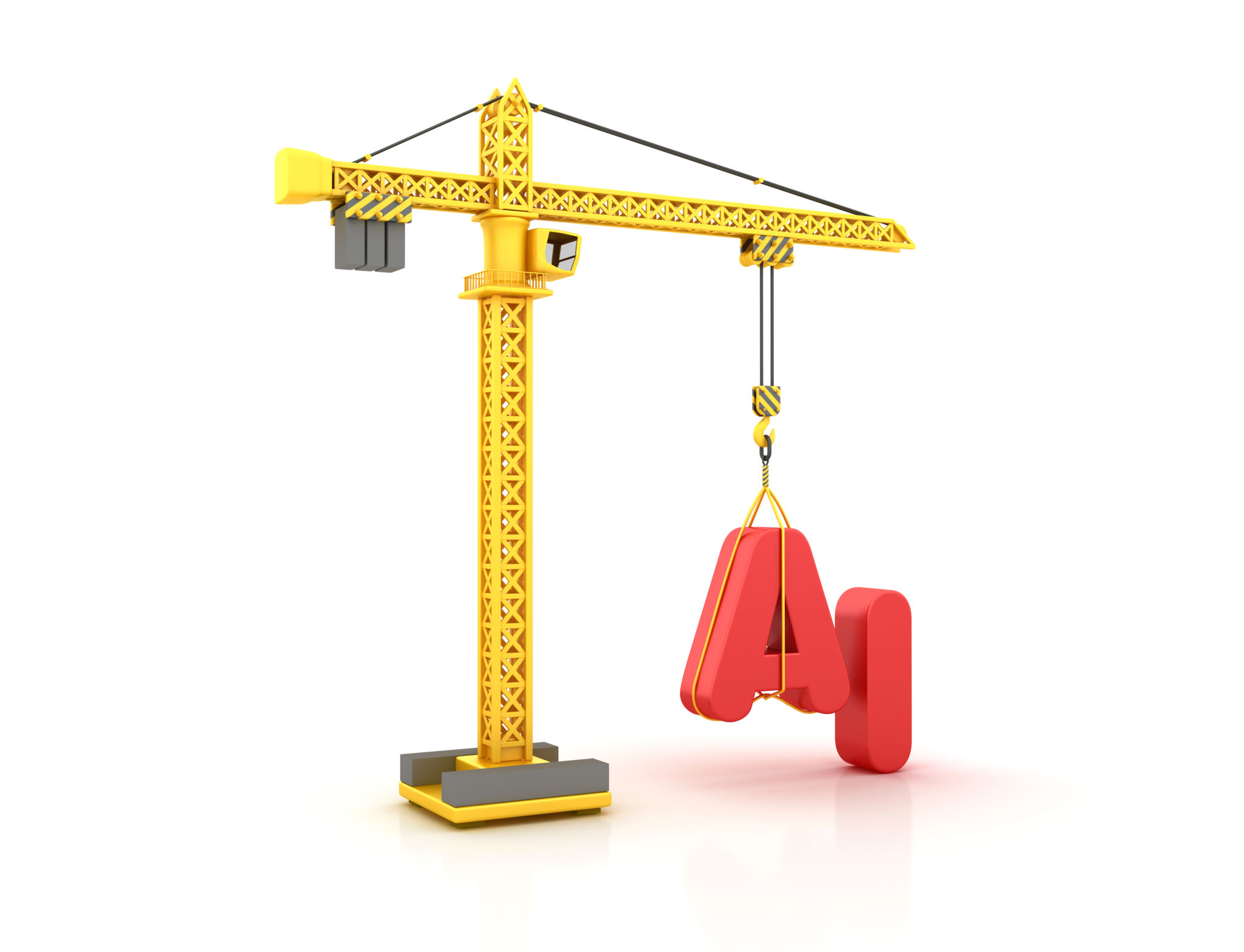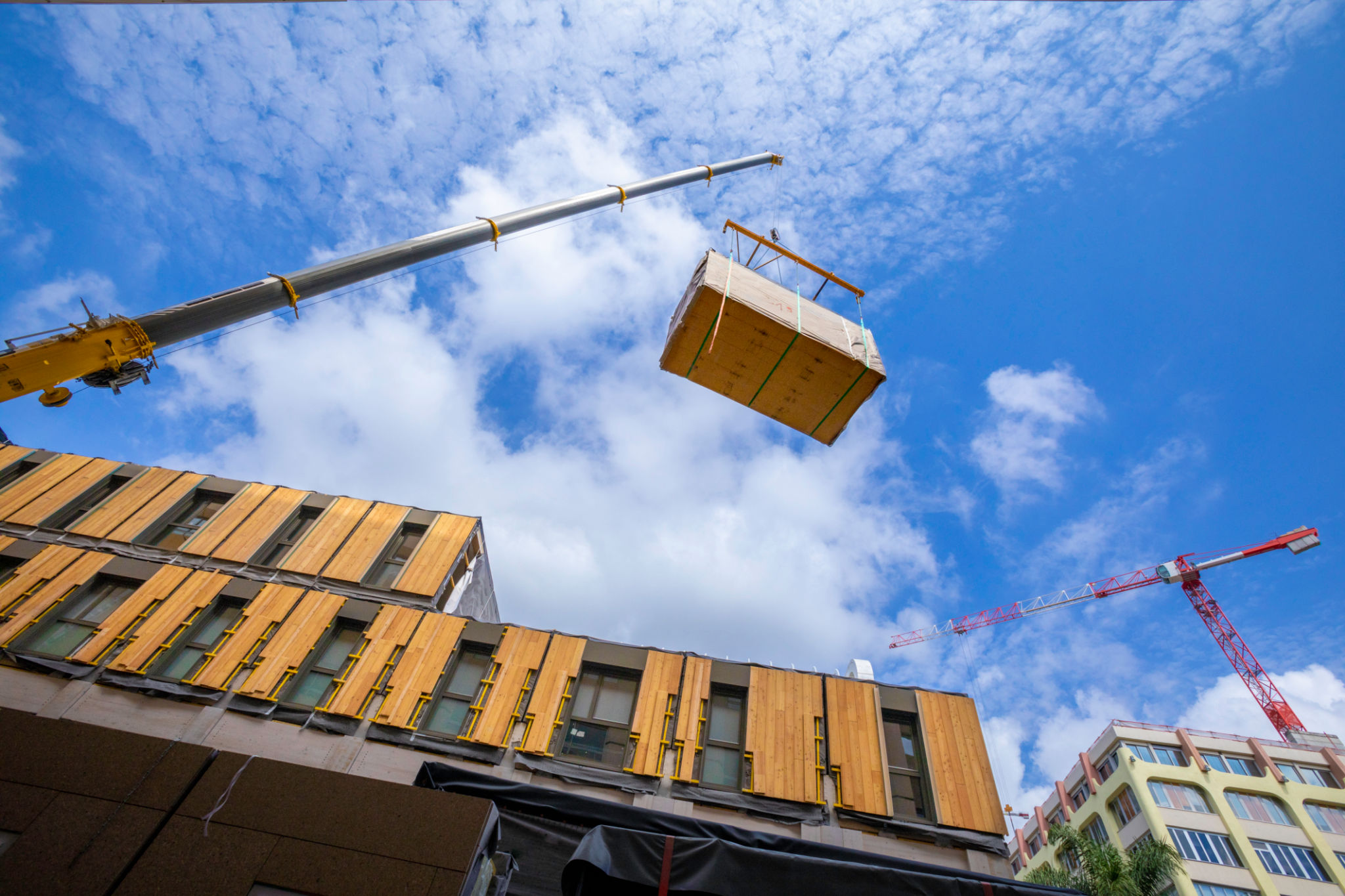AI vs Traditional Construction Methods: A Comparative Analysis
Introduction to AI in Construction
The construction industry is undergoing a significant transformation with the integration of Artificial Intelligence (AI). This shift is challenging traditional construction methods, promising increased efficiency, safety, and precision. But how do AI-driven techniques truly measure up against long-established practices? Let's explore the comparative analysis of AI versus traditional construction methods.

Efficiency and Speed
One of the standout advantages of AI in construction is its ability to enhance efficiency and speed. AI-powered tools can analyze complex data sets quickly, making it possible to optimize project timelines and resource allocation. These technologies can predict potential delays and automatically adjust schedules to ensure timely completion.
In contrast, traditional construction relies heavily on manual planning and execution, which can be prone to human error and inefficiencies. Although experienced professionals bring valuable insights, they cannot match the rapid, data-driven decision-making capabilities of AI systems.
Automation and Robotics
AI's integration with robotics brings another layer of efficiency to construction sites. Robots equipped with AI can perform repetitive tasks like bricklaying or concrete pouring with precision and consistency. This automation not only speeds up the construction process but also reduces labor costs.

Safety Enhancements
Safety is a critical concern in the construction industry. AI technologies, such as drones and wearable sensors, are revolutionizing safety management by monitoring site conditions in real-time and alerting workers to potential hazards. Automated safety protocols ensure compliance with regulations, minimizing accidents.
Traditional construction methods often rely on manual inspections and safety checks, which can be less consistent and more time-consuming. While experienced supervisors play a vital role, AI offers a more comprehensive approach to maintaining safety standards consistently.
Quality Control
Implementing AI in construction also enhances quality control. Machine learning algorithms can detect defects in materials and structures early in the process, allowing for timely interventions. This proactive approach ensures that buildings meet high-quality standards before completion.

Cost Implications
While the initial investment in AI technology can be substantial, the long-term cost savings often justify the expenditure. Reduced labor costs, fewer delays, and decreased material waste contribute to overall project savings. Moreover, AI-driven predictive maintenance can extend the lifespan of equipment and infrastructure.
Traditional methods may have lower upfront costs but can result in higher expenses over time due to inefficiencies and rework. Balancing initial investments with long-term gains is crucial when considering the transition to AI-driven methods.
Sustainability and Environmental Impact
AI also offers sustainable solutions by optimizing energy use and reducing waste. Smart systems can analyze energy consumption patterns and suggest modifications to minimize environmental impact. This aligns with the growing emphasis on sustainable building practices in the construction industry.

The Future of Construction
The future of construction lies in the synergy between AI and traditional methods. While AI offers numerous advantages, human expertise remains invaluable, especially in complex decision-making scenarios and creative aspects of design. A hybrid approach that combines both elements will likely dominate the industry landscape.
In conclusion, AI is poised to revolutionize construction by enhancing efficiency, safety, and sustainability. However, traditional methods continue to hold their ground with the unique value they bring. Embracing both approaches will ensure a balanced and innovative future for the construction industry.
